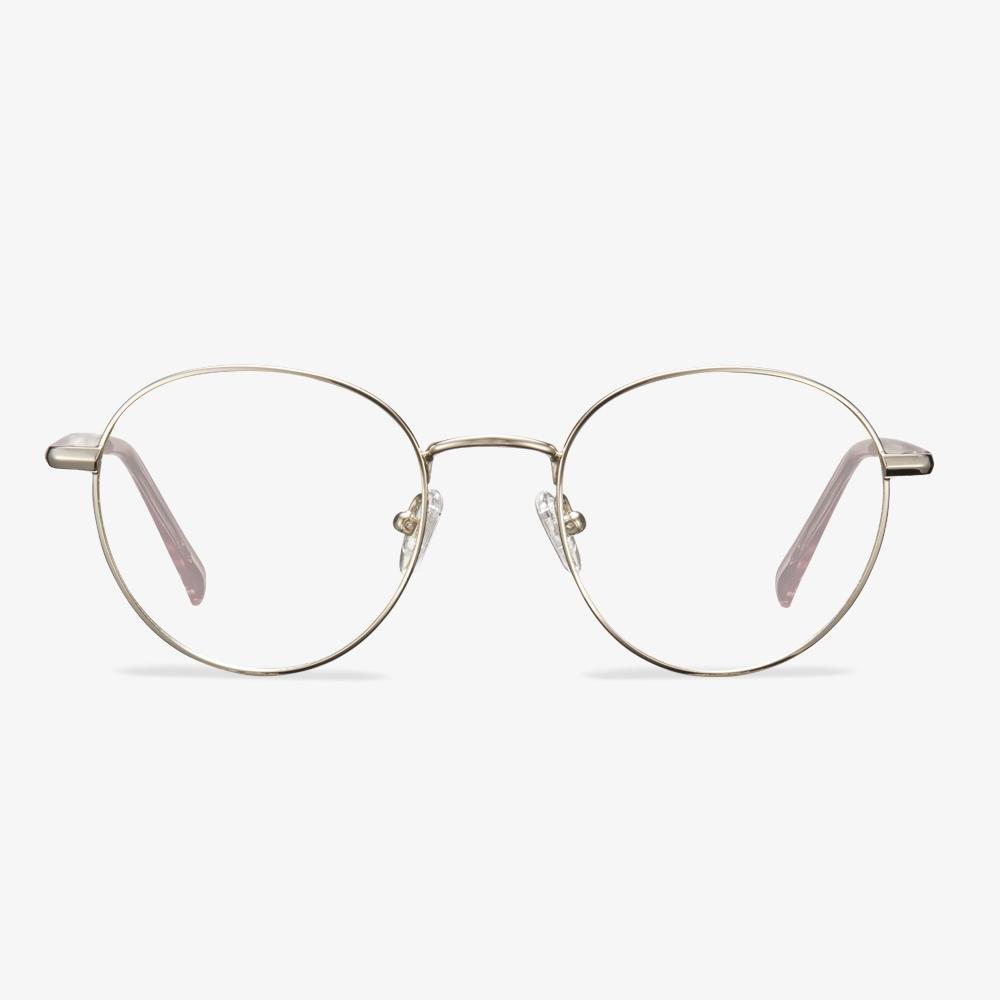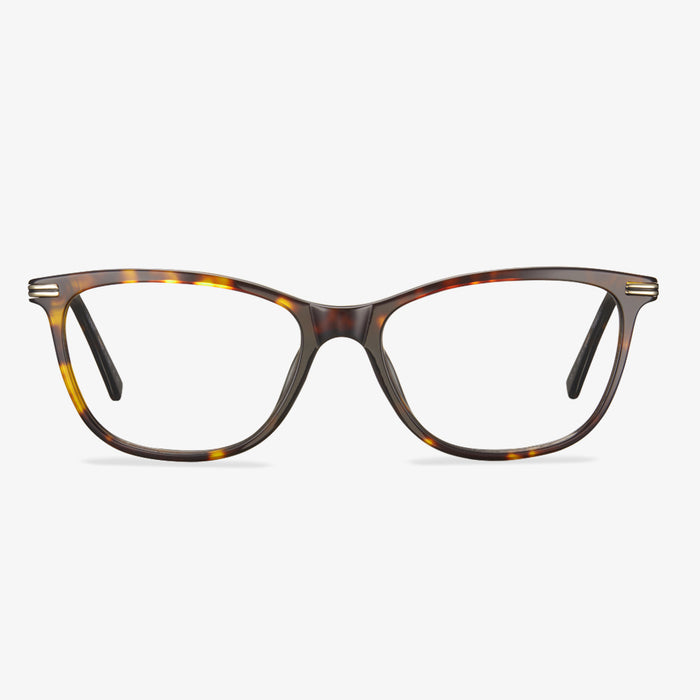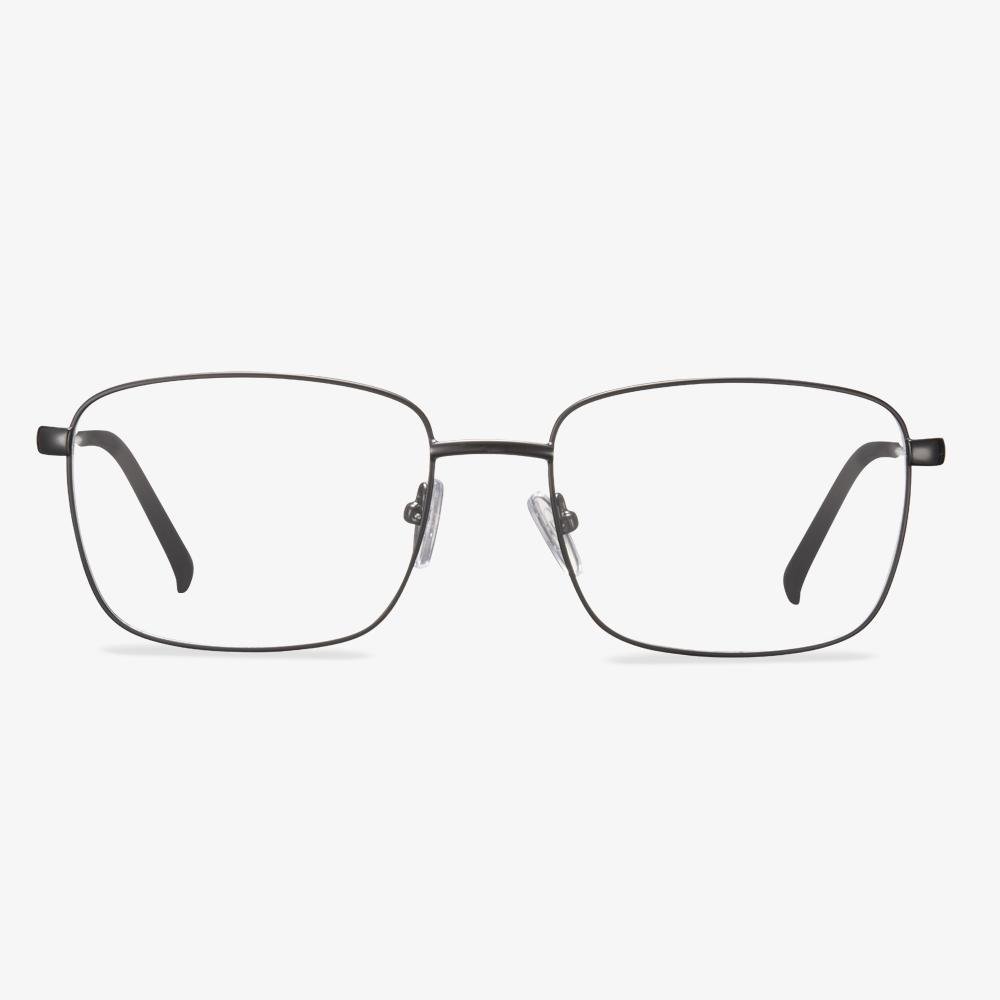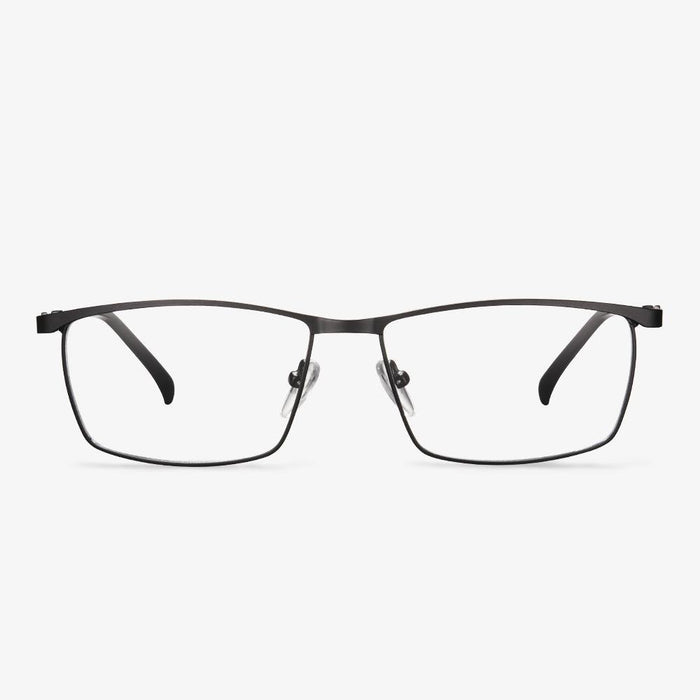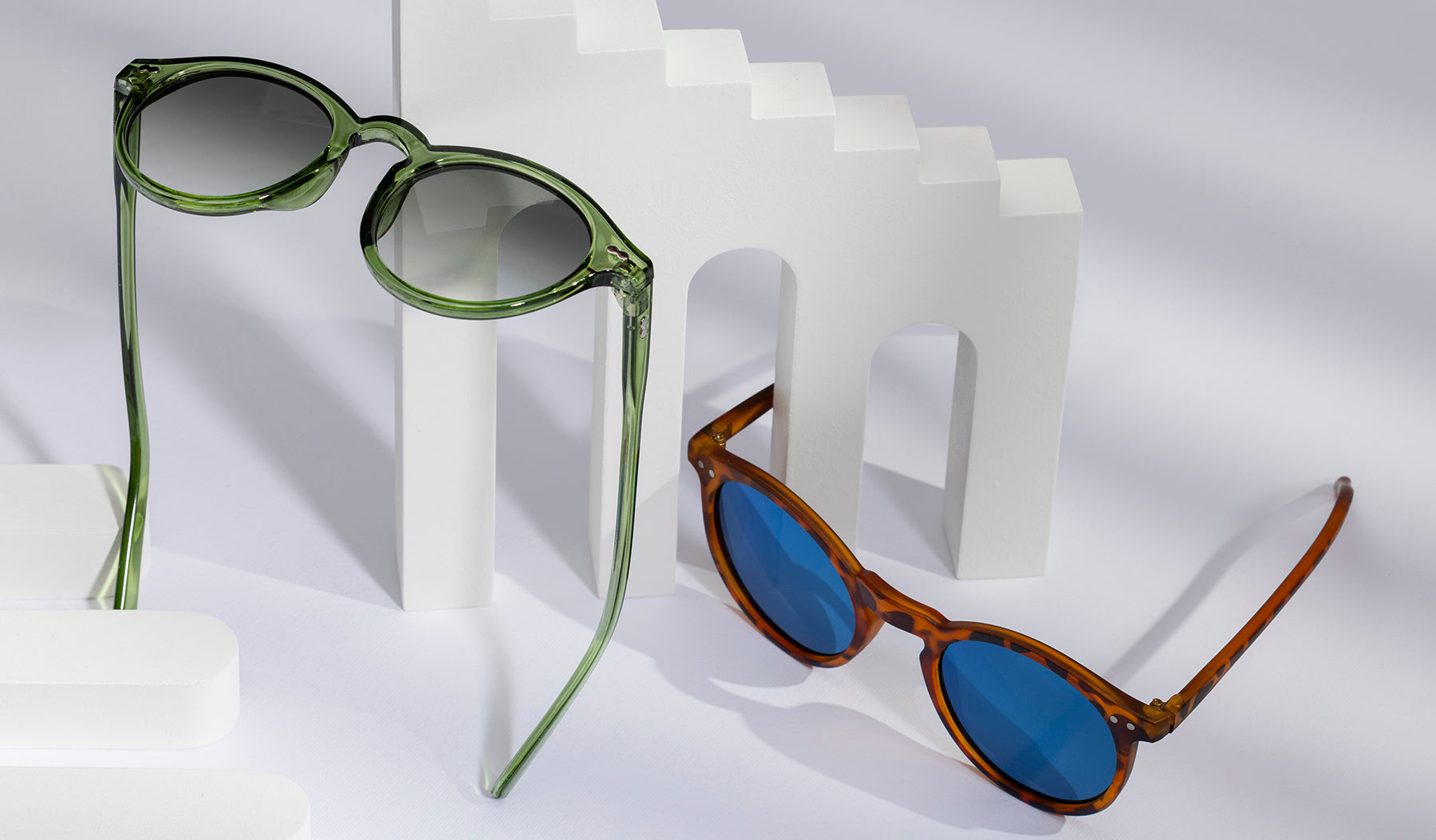Eyeglasses are more than just a vision correction tool; they are also a fashion statement and a means of protection against harsh environmental factors. When it comes to enhancing the functionality and style of your eyewear, two popular options stand out: tinted lenses and photochromic lenses. In this article, we'll explore the key differences between these two types of lenses to help you make an informed choice that suits your needs and style preferences.
How To Set Tinted Lenses and Photochromic Lenses Apart?
Eyeglasses are more than just a vision correction tool; they are also a fashion statement and a means of protection against harsh environmental factors. When it comes to enhancing the functionality and style of your eyewear, two popular options stand out: tinted lenses and photochromic lenses. In this article, we'll explore the key differences between these two types of lenses to help you make an informed choice that suits your needs and style preferences.
Tinted Lenses: Stylish Sun Protection
Tinted lenses, also known as sunglasses lenses, are designed with a specific tint or color that reduces the intensity of light entering the eye. These lenses offer a variety of tints, from classic gray and brown to vibrant colors like blue, green, and red. Here are some of the distinguishing features of tinted lenses:
Static Tint: Tinted lenses have a fixed darkness level, meaning the level of tint remains constant regardless of the lighting conditions. They are ideal for bright, sunny days, providing excellent protection against glare and harmful UV rays.
Fashion Statement: Tinted lenses are a fashion-forward choice, allowing you to express your style with various tint colors. They complement your outfit and add a touch of flair to your overall look.
Outdoor Use: Tinted lenses are primarily designed for outdoor activities, providing sun protection and reducing glare from reflective surfaces like water, snow, and roads.
No Adaptation: These lenses do not adapt to changing light conditions, so you may need to switch to clear lenses indoors or in low-light settings.
Photochromic Lenses: The Dynamic Duo of Style and Functionality
Photochromic lenses, often referred to as transition lenses, are a dynamic eyewear solution that adapts to varying light conditions. These lenses start clear indoors and gradually darken when exposed to UV light outdoors. Here's what sets photochromic lenses apart:
Adaptive Tint: Photochromic lenses have a light-responsive tint that adjusts in real-time. They start off clear indoors or in low-light settings and darken outdoors, offering optimal protection from bright sunlight.
UV Protection: Photochromic lenses provide 100% UV protection, shielding your eyes from harmful ultraviolet rays regardless of the level of tint.
Versatile Use: These lenses are versatile and suitable for both indoor and outdoor use, making them an excellent choice for those who prefer a seamless transition between different lighting environments.
Fashion and Function: Photochromic lenses are available in various fashionable tints and styles, allowing you to enjoy both vision correction and style enhancement.
Convenience: With photochromic lenses, there's no need to carry a separate pair of sunglasses or switch between glasses as you move between indoor and outdoor spaces.
Choosing the Right Lenses for You
The choice between tinted lenses and photochromic lenses depends on your lifestyle, style preferences, and specific visual needs. Tinted lenses offer fixed sun protection and the opportunity to make a fashion statement, while photochromic lenses provide adaptive tint and a seamless transition between different lighting conditions. Ultimately, the decision boils down to how you want your eyewear to complement your lifestyle and fashion sense. Consulting with an optometrist or eyewear professional can help you determine which type of lenses best suits your needs and preferences, ensuring that you see clearly and look stylish in any situation.

















